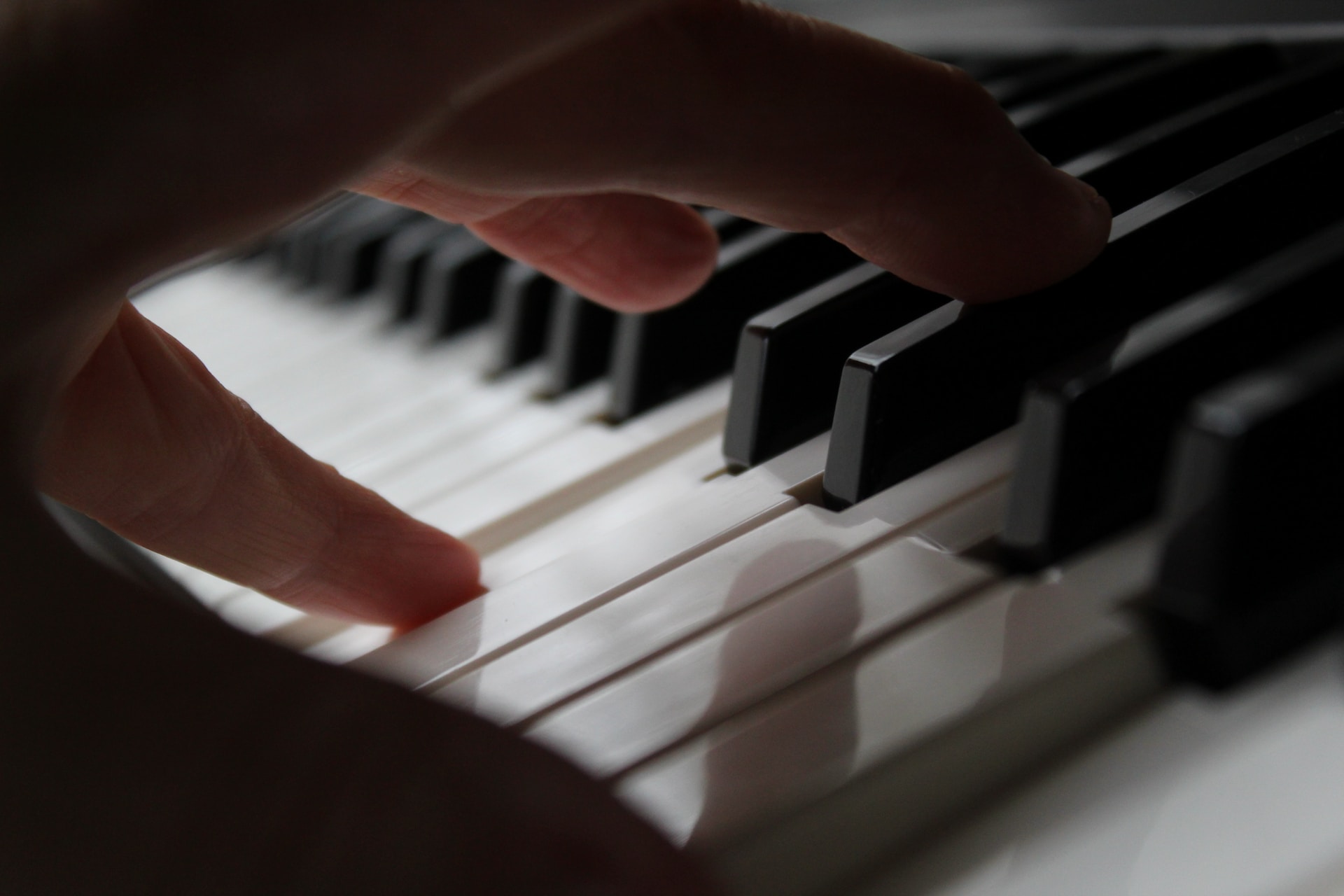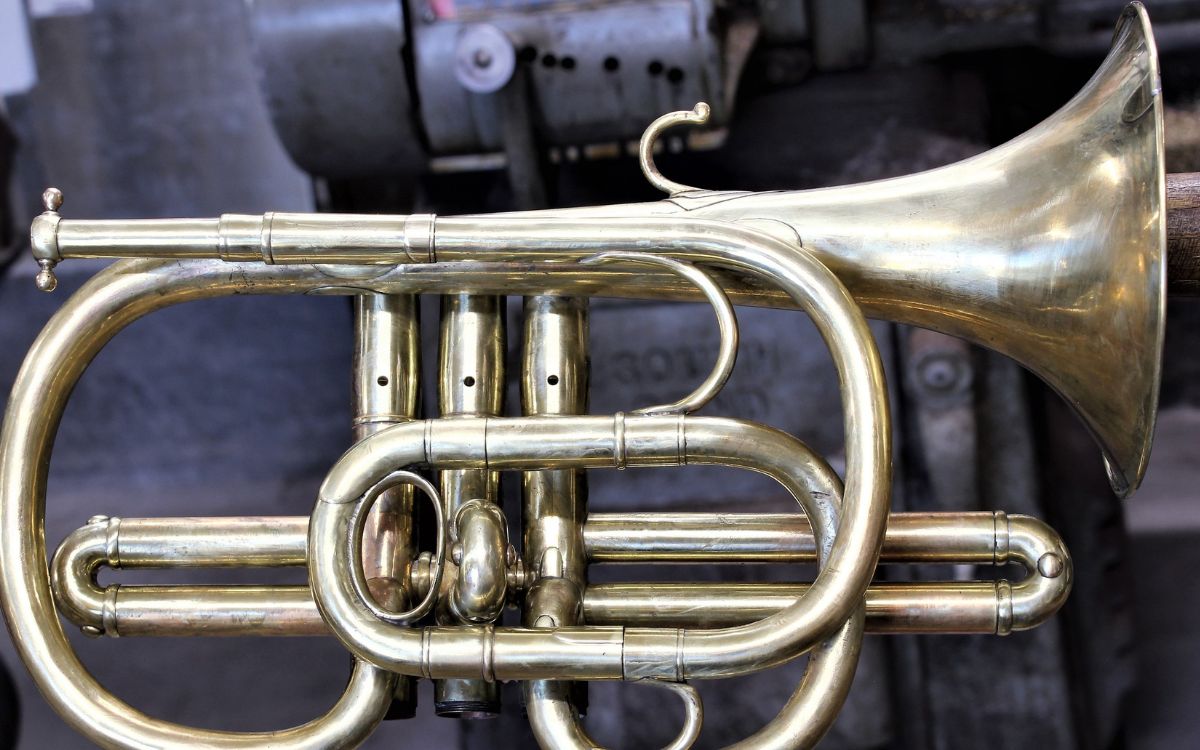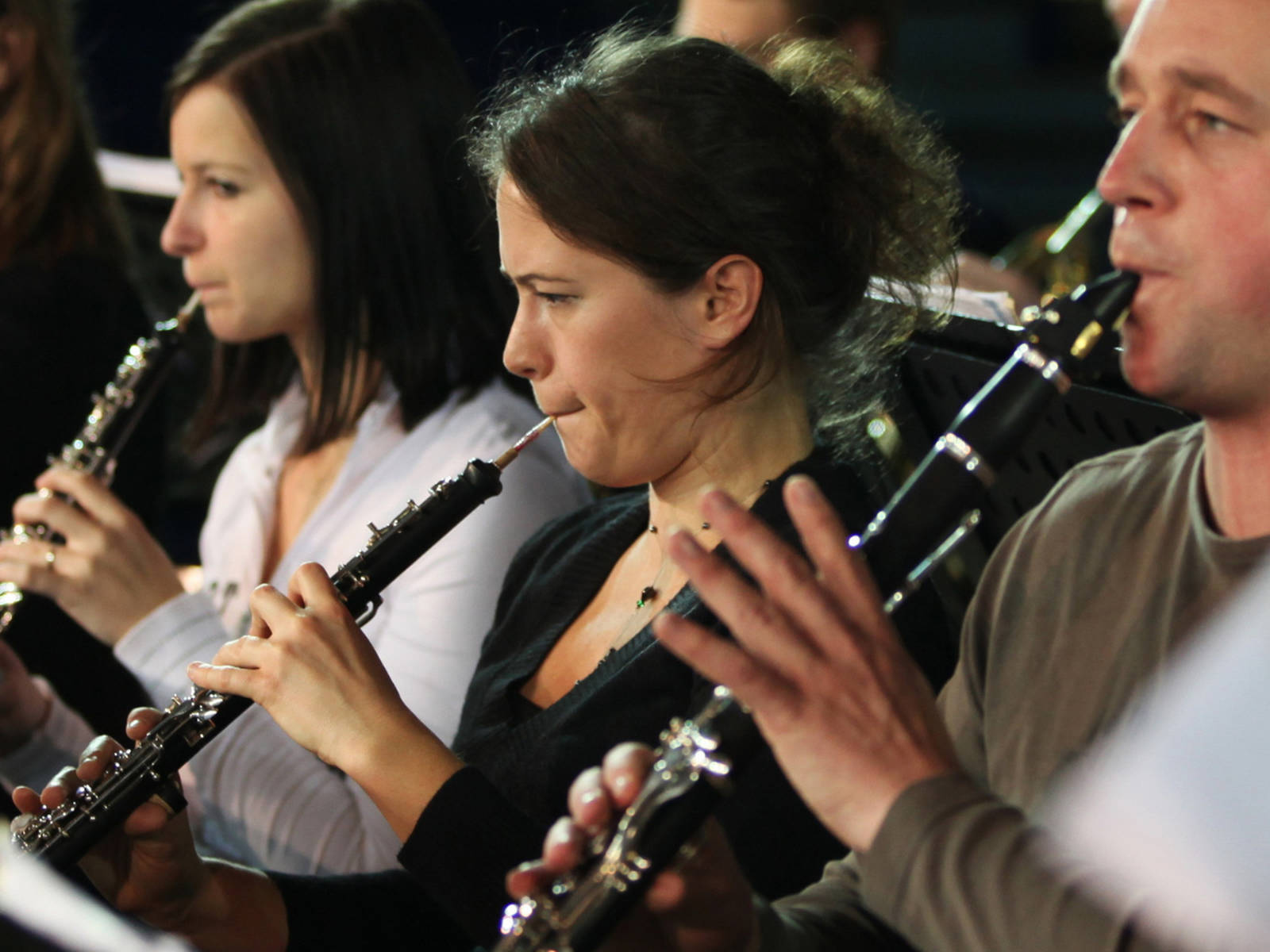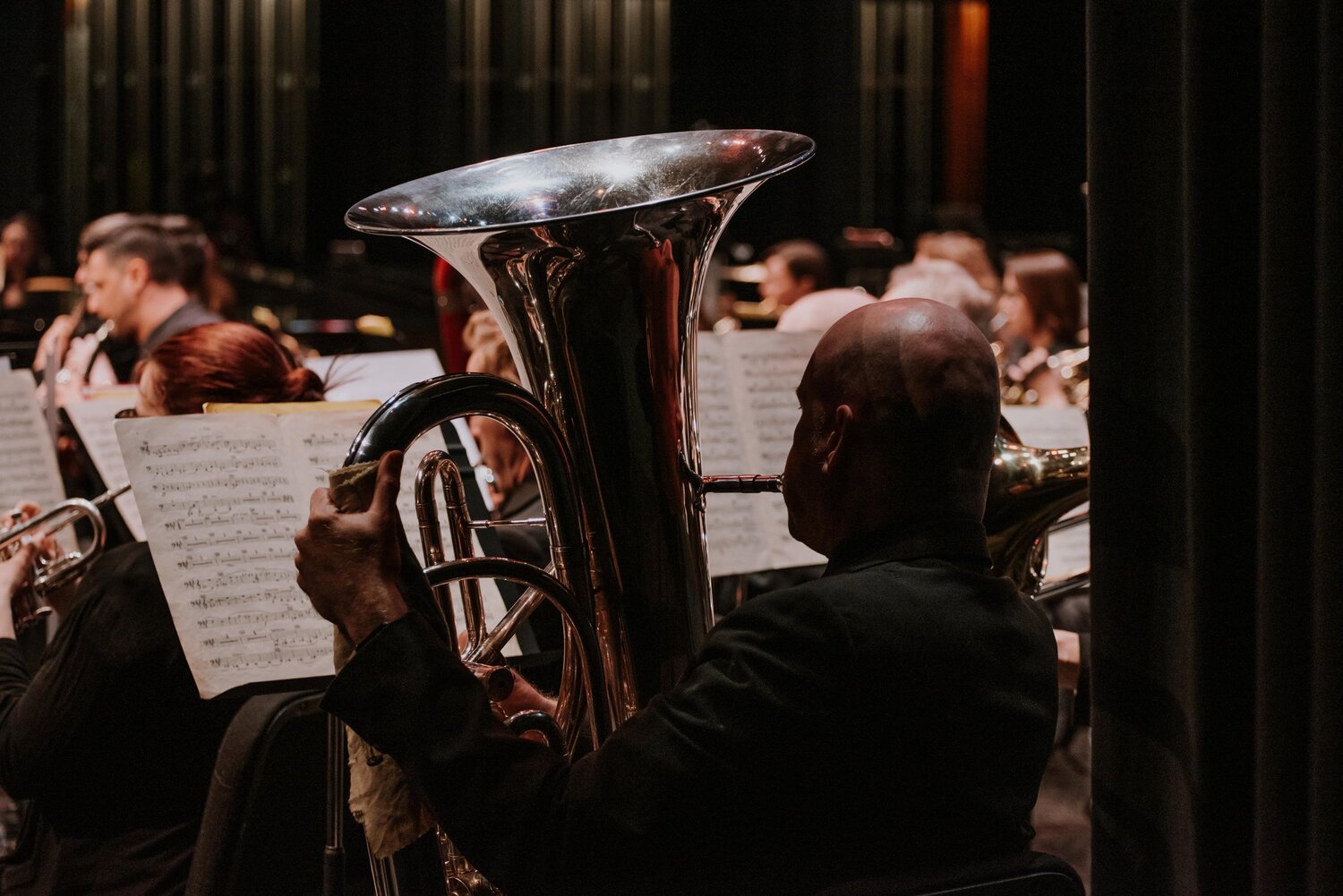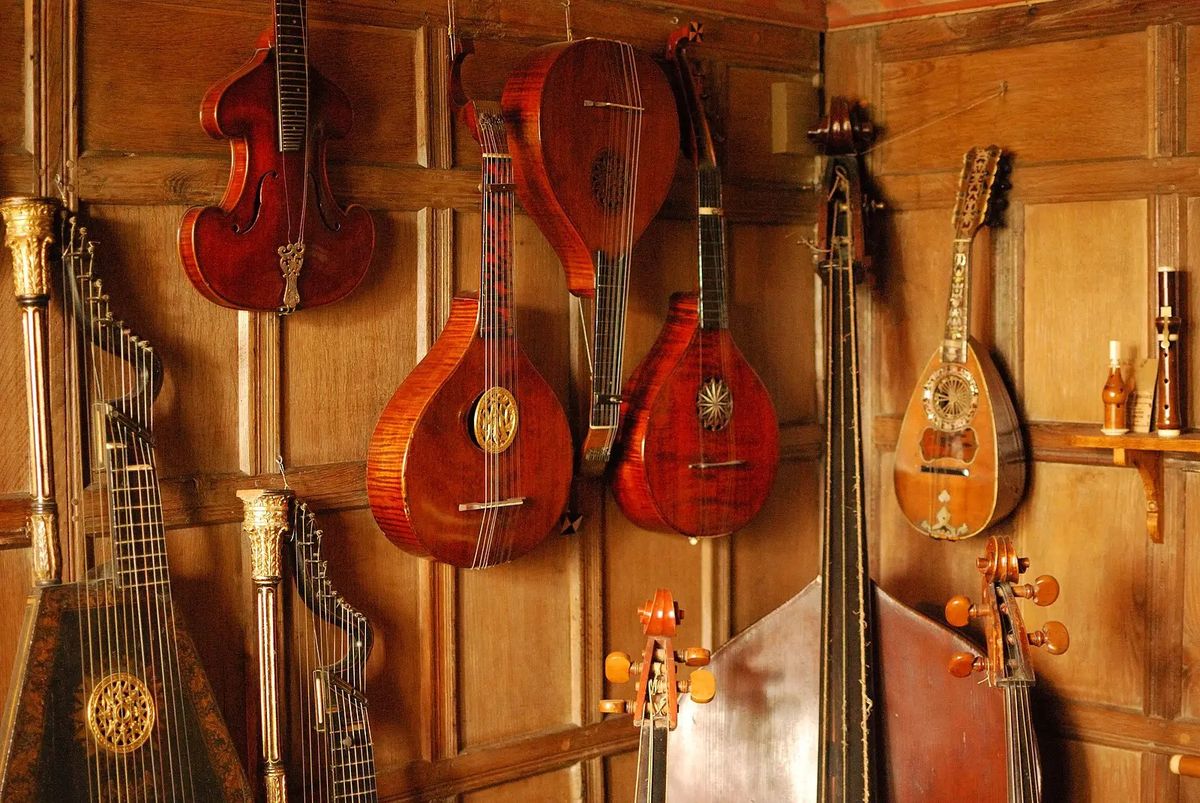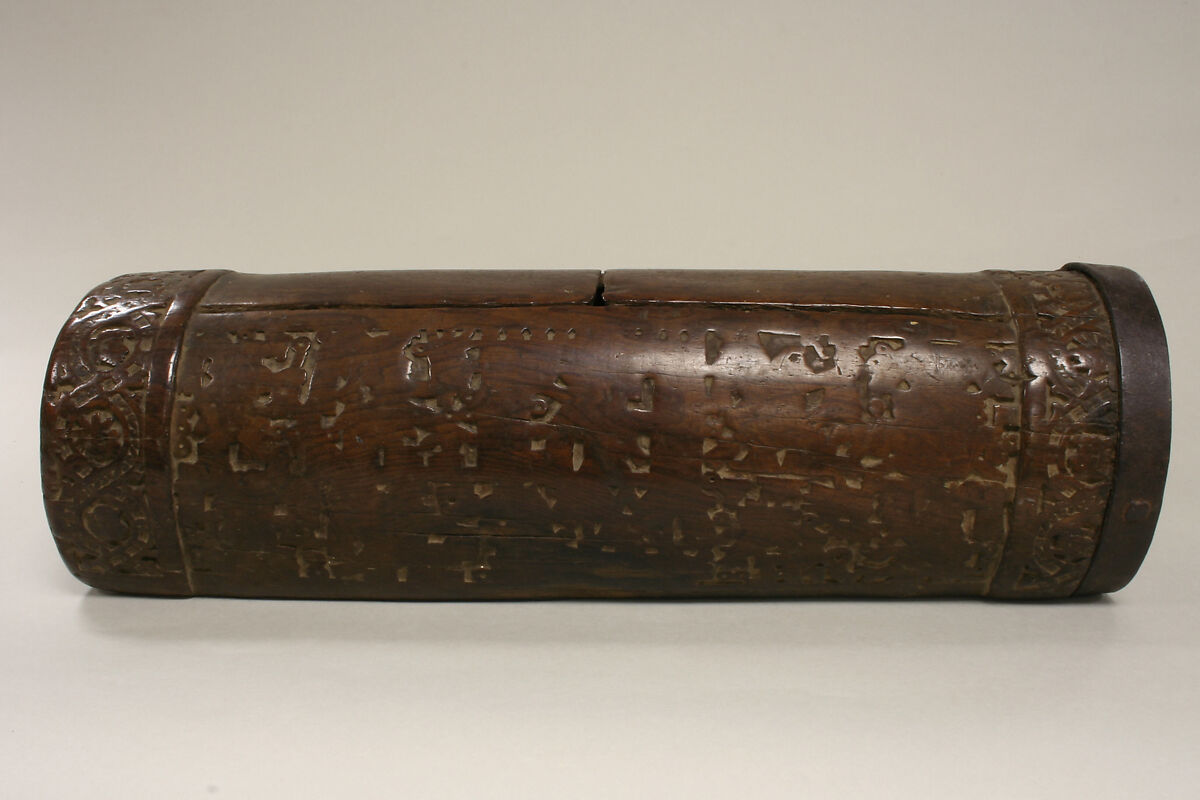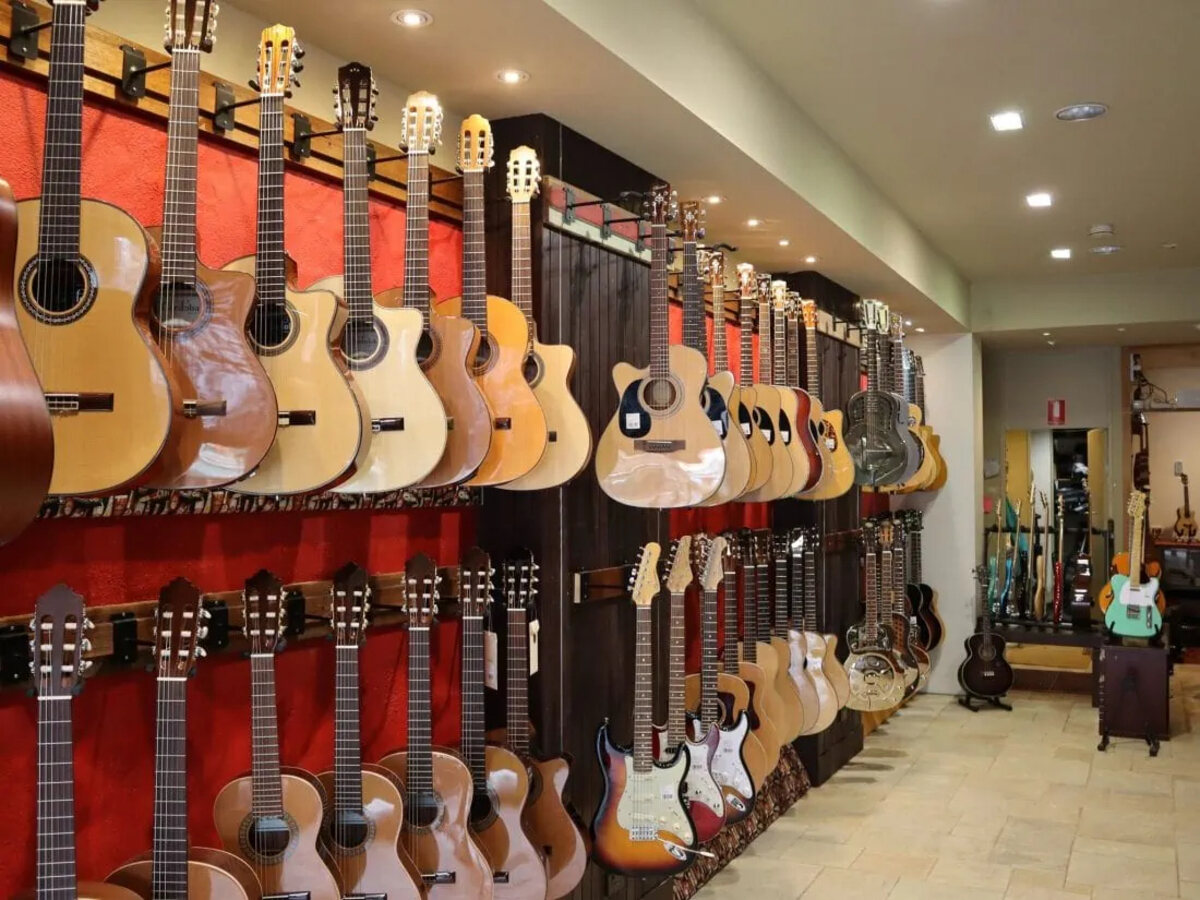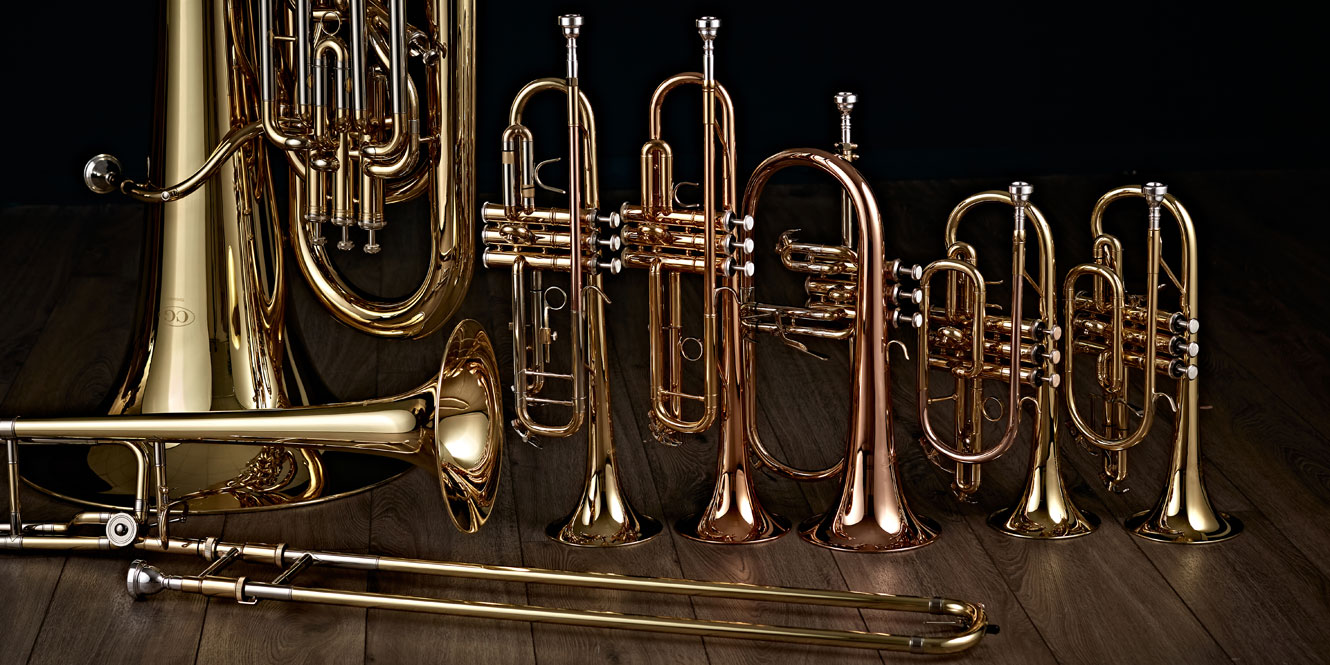Home>Instruments>Piano>What Family Of Instruments Is The Piano
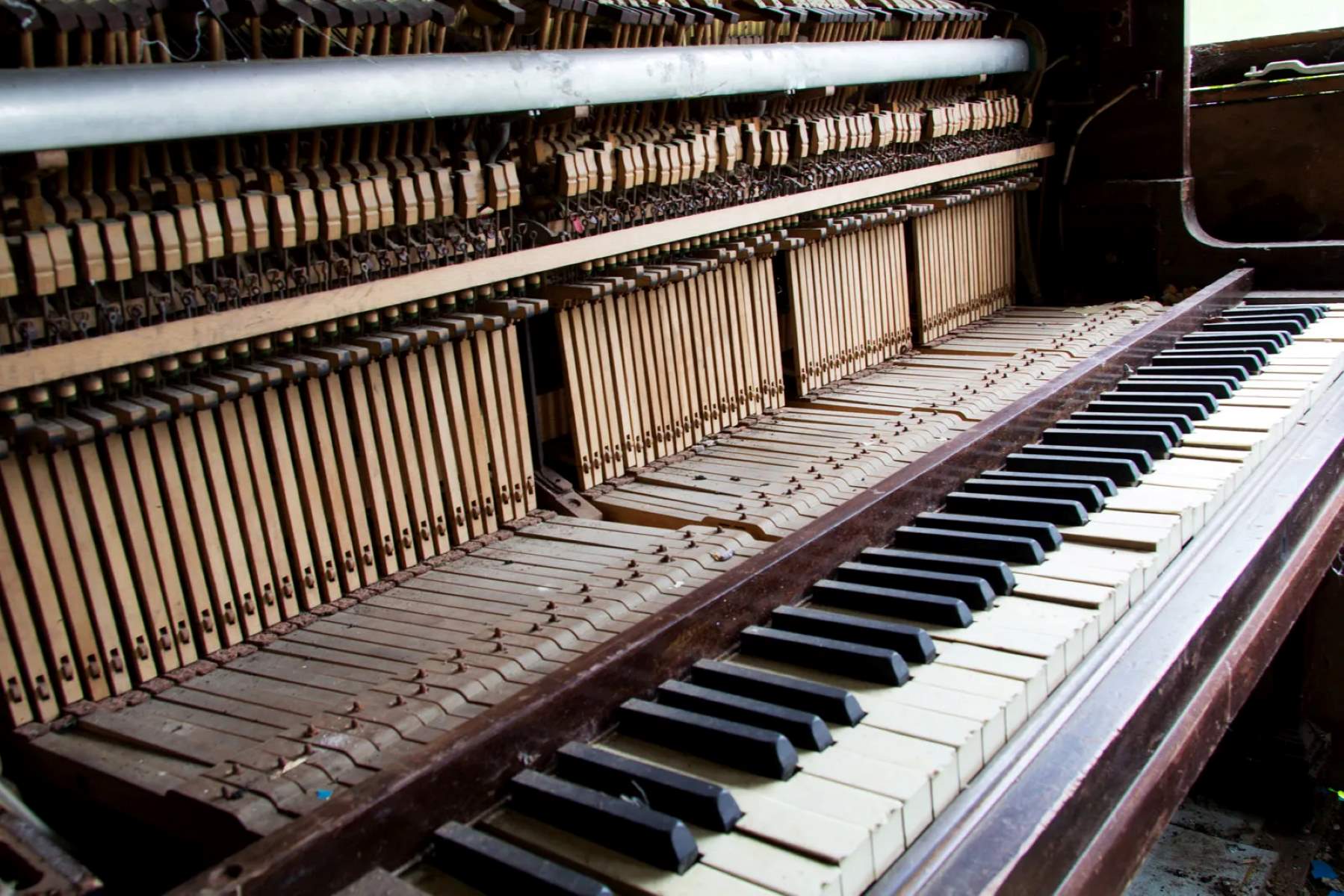

Piano
What Family Of Instruments Is The Piano
Published: February 11, 2024
Discover the piano family of instruments and learn about the different types and variations. Explore the rich history and versatility of the piano. Unlock the secrets of this timeless musical instrument today!
(Many of the links in this article redirect to a specific reviewed product. Your purchase of these products through affiliate links helps to generate commission for AudioLover.com, at no extra cost. Learn more)
Table of Contents
Introduction
The piano is a timeless and versatile musical instrument that has captured the hearts and souls of music enthusiasts for centuries. Its rich harmonies and expressive capabilities have made it a staple in a wide range of musical genres, from classical and jazz to pop and rock. In this article, we will explore the fascinating world of the piano, delving into its history, structure, and classification within the family of musical instruments.
The piano's unique ability to convey a wide spectrum of emotions, from haunting melancholy to exuberant joy, has cemented its status as a beloved instrument across the globe. Whether played as a solo instrument or as part of an ensemble, the piano's captivating sound has the power to transport listeners to distant realms of beauty and imagination.
Throughout this article, we will embark on a captivating journey through the history of the piano, uncovering the remarkable evolution of its design and construction. We will also delve into the intricate structure of the piano, exploring the mechanisms that bring forth its enchanting melodies. Furthermore, we will examine the classification of musical instruments and shed light on the piano's rightful place within the broader family of instruments.
Join us as we unravel the mysteries and wonders of the piano, celebrating its profound impact on the world of music and its enduring legacy as a cherished source of artistic expression and inspiration.
The History of the Piano
The origins of the piano can be traced back to the early 18th century when it emerged as a groundbreaking advancement in keyboard instruments. The invention of the piano is credited to Bartolomeo Cristofori, an Italian harpsichord maker, who crafted the first known piano around the year 1700. Cristofori’s innovative design addressed the limitations of existing keyboard instruments, such as the harpsichord and clavichord, by introducing a mechanism that allowed for dynamic control over the volume and tone of the notes.
The early versions of the piano, known as “fortepianos” due to their ability to produce both soft (piano) and loud (forte) sounds, underwent significant refinements and enhancements as they gained popularity across Europe. Renowned composers and musicians, including Mozart, Beethoven, and Chopin, embraced the piano for its expressive capabilities, propelling its prominence in the realm of classical music.
As the Industrial Revolution unfolded, the manufacturing processes for pianos evolved, leading to greater accessibility and affordability. The 19th and 20th centuries witnessed the golden age of piano craftsmanship, with renowned piano makers such as Steinway & Sons and Bösendorfer setting the standard for excellence in design and construction.
Today, the piano continues to thrive as a symbol of musical artistry and cultural refinement. Its timeless appeal transcends genres and generations, captivating the hearts of both seasoned virtuosos and aspiring musicians. The evolution of the piano stands as a testament to human ingenuity and the enduring quest for musical innovation.
The Structure of the Piano
The piano’s intricate structure encompasses a myriad of components that collaborate harmoniously to produce its iconic sound. At the heart of the instrument lies the soundboard, a large wooden panel that serves as the amplifier for the vibrating strings. The strings, typically made of high-tensile steel, are responsible for generating the distinct pitches and timbres that define the piano’s tonal palette.
Key to the piano’s expressive capabilities are the action mechanisms, including the hammers, dampers, and keys. When a pianist depresses a key, a complex series of interactions is set into motion. The key activates a hammer, which strikes the corresponding string, initiating its vibration and subsequent emission of sound. The dampers, in turn, regulate the duration of the string’s resonance, contributing to the articulation and phrasing of the music.
The pedals of the piano play a pivotal role in shaping the instrument’s sonic nuances. The sustain pedal, often referred to as the damper pedal, allows the pianist to sustain notes and create a rich, reverberant effect by lifting the dampers from the strings. The una corda pedal, or soft pedal, alters the positioning of the hammers, resulting in a softer and more subdued tonal quality. Additionally, the sostenuto pedal, found in grand pianos, sustains specific notes while allowing others to remain unaffected, offering a sophisticated layer of expressiveness.
From the elegant curves of the piano’s cabinet to the precision-engineered components concealed within, the instrument’s design reflects a harmonious fusion of artistry and engineering. Each element contributes to the piano’s distinctive character and responsiveness, empowering musicians to convey a wide spectrum of emotions through their performances.
The Classification of Musical Instruments
Within the realm of music, instruments are categorized into distinct families based on their method of sound production and shared characteristics. The Hornbostel-Sachs system, a widely recognized classification method, organizes musical instruments into five main categories: idiophones, membranophones, chordophones, aerophones, and electrophones. Each category encompasses a diverse array of instruments, each with its own unique sonic qualities and playing techniques.
Idiophones are instruments that produce sound through the vibration of the instrument itself, without the need for strings, membranes, or air columns. Examples of idiophones include xylophones, cymbals, and maracas, each generating distinct timbres through the resonance of their solid bodies.
Membranophones, on the other hand, rely on the vibration of a stretched membrane to produce sound. This category encompasses various drums, such as the snare drum, tabla, and timpani, each distinguished by the materials and construction of their membranes and the methods used to elicit sound.
Chordophones, a category particularly relevant to the piano, are instruments that produce sound through the vibration of stretched strings. This family encompasses a wide range of instruments, including guitars, violins, and harps, with the piano standing out as a quintessential chordophone due to its intricate system of strings and hammers.
Aerophones produce sound through the vibration of air, typically within a resonating chamber. This category includes instruments such as flutes, trumpets, and clarinets, each manipulating airflow to create distinct pitches and tonal colors.
Electrophones represent a modern category of instruments that generate sound using electronic means, often through the manipulation of electrical signals. Synthesizers, electronic keyboards, and digital pianos fall into this category, harnessing cutting-edge technology to expand the sonic possibilities available to musicians.
By understanding the classification of musical instruments, musicians and enthusiasts gain valuable insights into the diverse mechanisms through which sound is produced and the interconnectedness of instruments across different families. The piano’s classification as a chordophone underscores its fundamental reliance on strings to generate its captivating melodies, positioning it within a rich tapestry of musical instruments.
The Family of Instruments
Within the expansive landscape of musical instruments, the concept of instrument families provides a framework for understanding the shared characteristics and sonic properties that unite various instruments. The piano finds its place within the broader family of keyboard instruments, a category distinguished by the use of keys to produce sound.
The keyboard instrument family encompasses a diverse array of instruments, each with its own unique sound production mechanisms and historical significance. The harpsichord, a predecessor to the piano, features plucked strings activated by keys and was prevalent during the Baroque period, contributing to the ornate and intricate compositions of renowned composers such as Bach and Handel.
The organ, another prominent member of the keyboard family, utilizes a complex system of pipes and air flow to generate its majestic and resonant tones. With its roots dating back to ancient civilizations, the organ has played a pivotal role in sacred and secular music, earning a revered status in both classical and contemporary genres.
Furthermore, the accordion, a portable and versatile instrument, shares the keyboard family lineage, employing a combination of reed and keyboard mechanisms to produce its distinctive timbres. Its presence in folk, jazz, and popular music genres underscores the adaptability and expressive range of keyboard instruments.
While the piano stands as a cornerstone of the keyboard family, its evolution and impact have transcended traditional boundaries, influencing a vast spectrum of musical genres and styles. From the virtuosic compositions of classical maestros to the soul-stirring improvisations of jazz pianists and the driving rhythms of contemporary pop and rock music, the piano has demonstrated its remarkable adaptability and enduring resonance within the global musical landscape.
By recognizing the interconnectedness of keyboard instruments, musicians and enthusiasts gain a deeper appreciation for the historical, cultural, and artistic significance of the piano and its counterparts. The shared legacy of innovation and creativity within the keyboard family underscores the enduring legacy of these instruments as vessels of boundless musical expression and creativity.
Conclusion
The piano, with its illustrious history, intricate structure, and classification within the keyboard instrument family, stands as a testament to human ingenuity and artistic expression. From its humble origins in the workshops of Bartolomeo Cristofori to its ubiquitous presence in concert halls, recording studios, and living rooms around the world, the piano has woven itself into the fabric of musical culture with unwavering grace and resonance.
As we reflect on the evolution of the piano, we are reminded of its profound impact on the world of music, transcending genres, generations, and geographical boundaries. Its ability to convey a vast array of emotions, from the tenderest whispers to the most thunderous crescendos, has endeared it to musicians and audiences alike, fostering a profound and enduring connection with the human spirit.
Moreover, the piano’s classification within the keyboard instrument family underscores its interconnectedness with a rich tapestry of musical traditions and innovations. From the harpsichord to the organ and the accordion, the keyboard family has served as a cradle of creativity and exploration, nurturing a lineage of instruments that have shaped the course of musical history.
As we bid farewell to this exploration of the piano, let us carry forward an appreciation for the instrument’s timeless allure and boundless potential. Whether as a source of solace in moments of introspection, a catalyst for joyous celebrations, or a conduit for profound artistic expression, the piano continues to inspire and captivate, transcending the boundaries of language and culture to unite hearts and minds through the universal language of music.
May the echoes of the piano’s melodies resonate through the corridors of time, serving as a reminder of the enduring power of creativity, innovation, and the unyielding human spirit.

